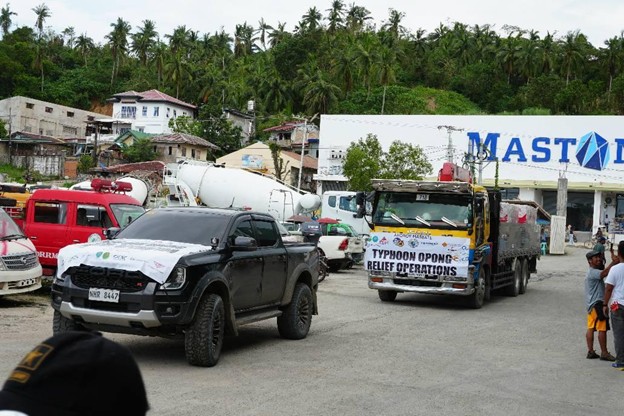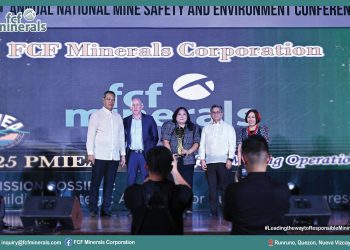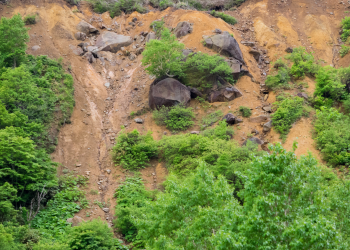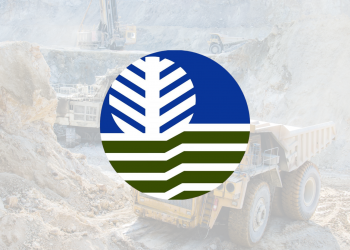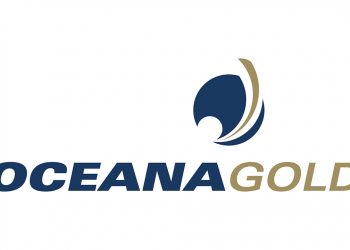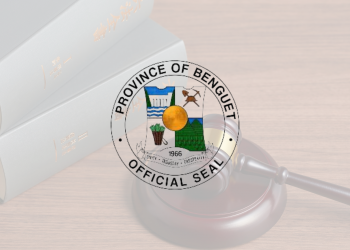The Philippine mining industry has rallied behind the province of Masbate, committing PHP 3.497 million worth of construction materials and essential supplies to support communities affected by Typhoon Opong.
The large-scale relief effort was launched under the directive of Department of Environment and Natural Resources (DENR) Assistant Secretary for Mining Concerns and Mines and Geosciences Bureau (MGB) Director Michael V. Cabalda, who emphasized the mining sector’s duty to be an active partner in national disaster resilience.
According to the MGB, the initiative was coordinated with the Office of Civil Defense (OCD) and focused on the urgent reconstruction of homes destroyed by the typhoon. The Philippine Nickel Industry Association (PNIA) and its member companies—Global Ferronickel Holdings, Ipilan Nickel, Platinum Group Metals, Carrascal Nickel, Marcventures Mining and Development, and CTP Construction and Mining—collectively donated materials such as galvanized iron sheets and nails, which were identified as top priorities for rebuilding.
PNIA said the donation reflects the industry’s long-term commitment to helping host and neighboring communities recover from disasters. “The strength of the nation is measured by how we rise together,” a PNIA representative said, spotlighting the group’s solidarity with typhoon-stricken areas.
Other mining companies and allied organizations also extended aid in various forms. Oriental Vision Mining and Anseca Development Corporation contributed additional construction materials, while TVI Exploration Drilling, Quarry Ventures, PMSEA, and the MGB Regional Office VII provided food and hydration relief packs containing rice, canned goods, and water.
Apo Land Quarry Corporation distributed hygiene kits, while the Masbate Gold Project, which is operated by Filminera Resources Corporation and Phil Gold Processing & Refining Corporation, delivered food packs to 1,510 households and construction materials to 103 families in the hardest-hit barangays.
The MGB Region V, led by Regional Director Guillermo A. Molina Jr. IV, oversaw the logistical distribution of donations to evacuation centers and affected communities.
In addition to coordinating relief efforts, the MGB also implemented its disaster risk reduction mandate. Before the storm, it had issued a list of barangays with high to very high landslide and flood susceptibility, which helped guide pre-emptive evacuations. After the typhoon, MGB geologists conducted post-geohazard assessments to identify safe zones for rebuilding and to prevent future loss in vulnerable areas.
The agency said these measures highlight the mining industry’s evolving role—beyond extraction—into one of resilience, preparedness, and community partnership.
How can stronger collaboration between government and the private sector further improve disaster response and recovery in mining-host communities?
Follow Ang Minero on Facebook and LinkedIn for more updates.
Photo Credit: MGB Website



